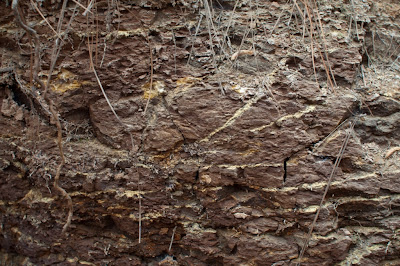Info thanks to the Capital Area Master Naturalists (CAMN)!

Biodiversity Survey
Austin Nature and Science Center
Saturday, Dec. 3, 2011
8:00 am
Survey = to look carefully and thoroughly at someone or something; a non-experimental, descriptive research method.
Nohhhhhtes: No special skills are required, and all are welcome. Dress comfortably; long pants and sturdy shoes with closed toes, hat, water bottle, and sunscreen are stongly recommended. We may encounter ticks, mosquitoes, &/or poison ivy, so arm yourselves accordingly! For your personal use, you may wish to bring field guides, notebook and pen, camera, and / or binoculars.
Changes are sometimes necessary, so if you would like to join us, please contact Melissa Macdougall melissa.jane.mac@gmail.com or 422-6270.








